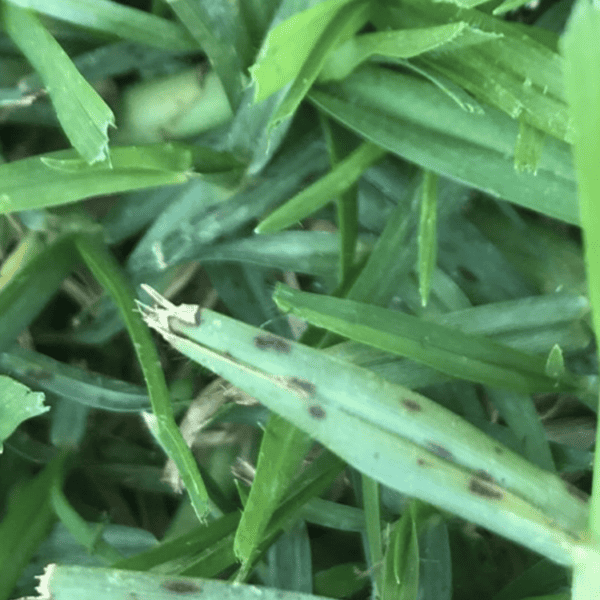
Black or White Helminthosporium (Black or White Helmo)
Bipolaris spp. Drechslera spp. and Exserohilum spp.
Black or White Helminthosporium (Helmo) is a common black or white leaf spot disease which is actually caused by 3 different species of fungi (listed above). The disease cycle is generally short, but can cause some unsightly damage very quickly.
‘Helmo’ is caused by a common and serious group of diseases, attacking a diverse range of warm and cool season turf grasses.
- Helmo can develop at a wide range of temperatures from 3°C and 30°C, with optimal temperature been between 15°C and 18°C.
- Extended periods of leaf wetness (10+ hours) can also contribute to the disease.
- Poor air circulation leading to high humidity.
- High Nitrogen fertilisation.
- High turf stress, such as drought, herbicide injury or a sharp increase in traffic.
The symptoms of ‘Helmo’ turf diseases vary, depending upon the specific pathogen, grass species, weather conditions, and cultural conditions involved. In general ‘Helmo’ produces small dark or white spots or patches of dead or dying grass (melting out). Leaf tissues turn yellow around these lesions and in severe cases the infected plant dies. Helminthosporium disease is distributed throughout a wide range of climatic conditions.
Some tips on reducing the risk of Helmo are, irrigate deeply and infrequently, increase the air movement and turf drainage try to move wear areas around.
Message Lawn Addicts for further advice on other fungicides and lawn care products, available online.
